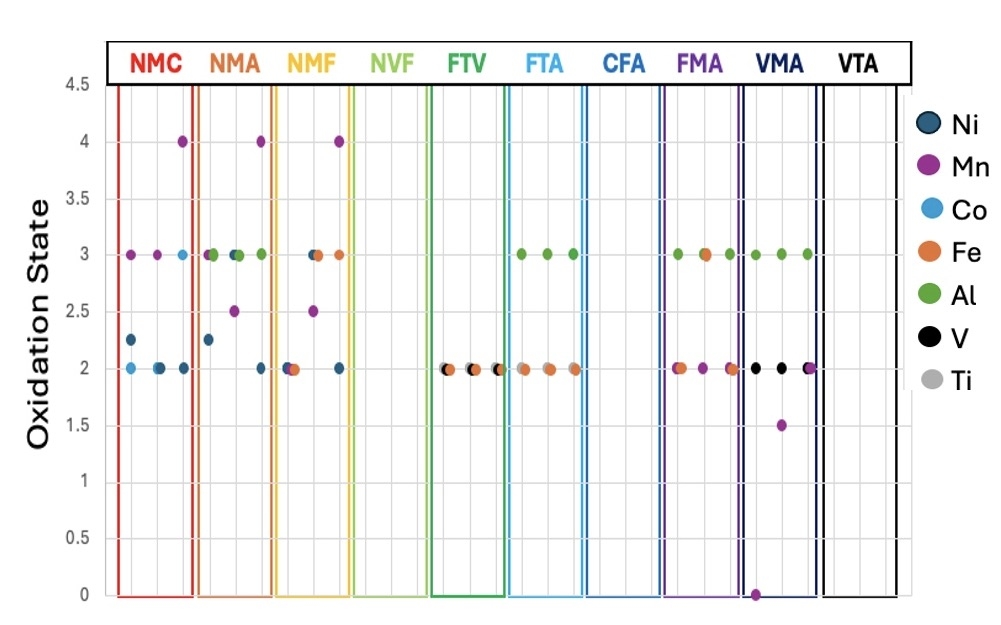4177632
Developing workflows for DFT + thermodynamics predictions of metal release from complex metal oxides under aqueous conditions | Poster Board #520
Date
March 23, 2025
Related Products
AI-guided fluidics for autonomous synthesis and optimization of colloidal nanoparticles
Colloidal nanoparticles play a crucial role in diverse applications across catalysis, photonics, and energy storage…
Implementing workflows to study metal release from complex metal oxide surfaces | Poster Board #598
Complex Metal Oxides (CMOs) are commonly used materials in current battery technology as well as other energy-related applications. While the function of these materials has been optimized through targeted research, unanticipated problems arise when CMOs reach their end of life…
First-principles calculations as a noninvasive probe of vermilion and cinnabar surfaces in art conservation science
HgS is the primary component of cinnabar and the pigment vermilion and has been known to photodegrade in the presence of chlorides. To uncover the likely sources of chloride, and compounds responsible for initiating the degradation process, a noninvasive computational probe called DFT was employed…
Exploring the impact of confinement on the spin crossover phenomenon: Fe(phen)2(NCS)2 complex within zirconium phosphate lamellar structure | Poster Board #1321
The potential applications of Spin Crossover (SCO) materials in information storage, sensors, and molecular switches have increased interest…



